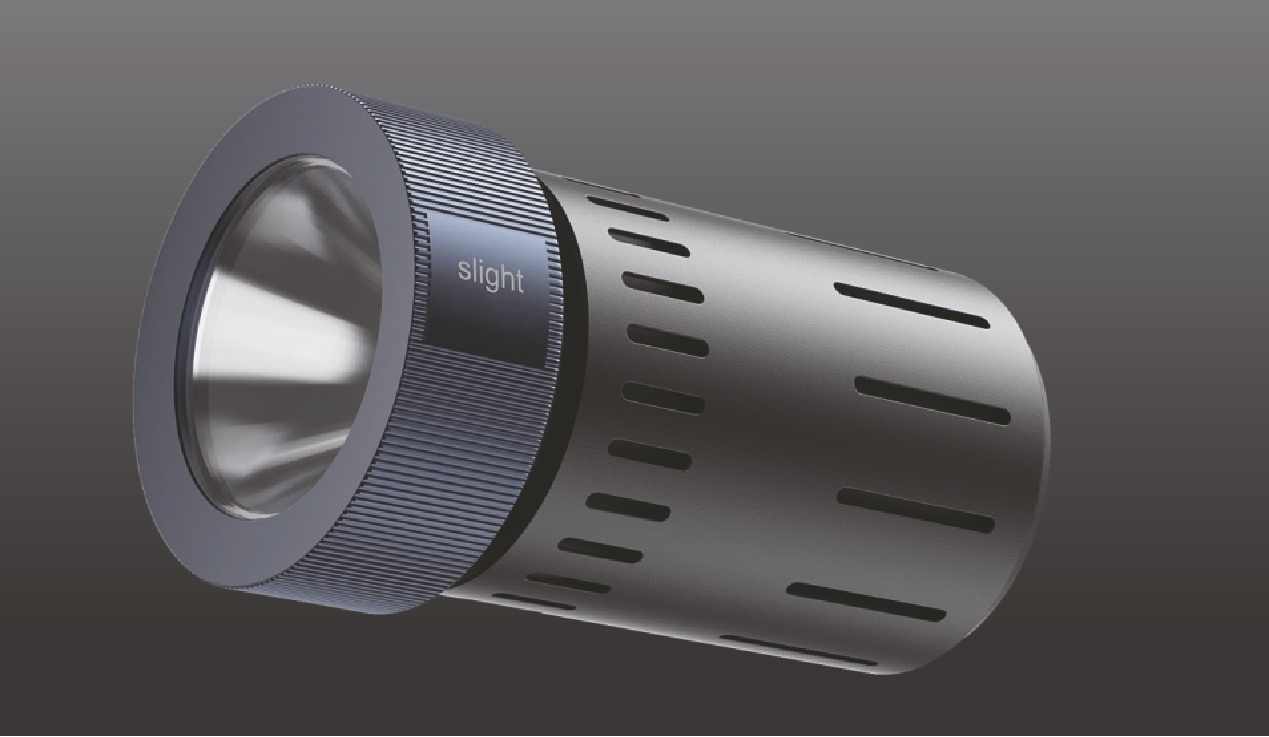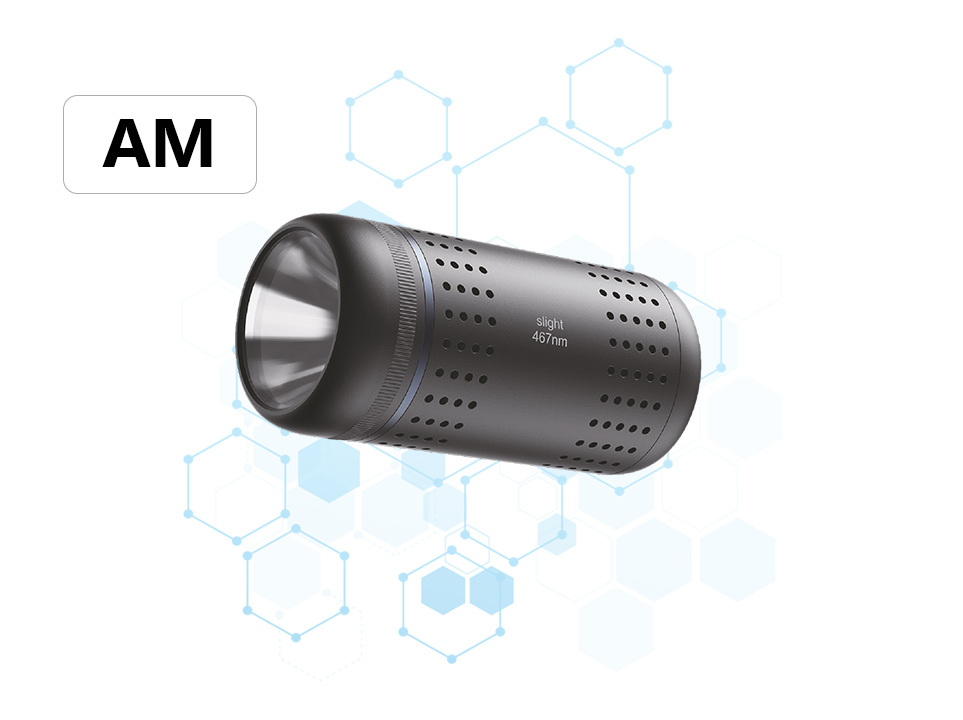What are the advantages of 3S technology photocatalytic LED light source AM compared to Kessil brand light source?

When comparing the 3S Technology photocatalytic LED light source AM with Kessil brand light sources, several key advantages of the 3S Technology product emerge, particularly in terms of technical specifications, application flexibility, and performance in photocatalytic reactions. Here’s a detailed analysis:
1. Wavelength Customization and Precision
3S Technology AM: Likely offers a broader or more customizable range of wavelengths, which is crucial for photocatalytic applications where specific wavelengths are required to activate catalysts efficiently. The ability to fine-tune wavelengths ensures optimal energy transfer and reaction rates.
Kessil: While Kessil light sources are known for their high-quality LEDs, they may have a more limited range of predefined wavelengths, which could restrict their applicability in certain photocatalytic setups that require precise spectral control.
2. Light Intensity and Uniformity
3S Technology AM: May provide higher light intensity and better uniformity across the illumination area, which is essential for maintaining consistent photocatalytic activity. This is particularly important in large-scale reactors or when uniform light distribution is critical for reaction efficiency.
Kessil: Kessil lights are generally high-quality, but they might not match the intensity or uniformity of the 3S Technology AM in certain applications, especially those requiring very high light fluxes.
3. Energy Efficiency and Heat Management
3S Technology AM: Could incorporate advanced cooling systems or more efficient LED designs, leading to lower heat generation and higher energy efficiency. This is beneficial for long-term operation and reduces the need for additional cooling systems.
Kessil: While Kessil lights are efficient, they might generate more heat or require additional cooling in high-intensity applications, which could impact overall system efficiency and longevity.
4. Modularity and Scalability
3S Technology AM: Might be designed with modularity in mind, allowing for easy scaling up or down of the light source configuration to match the size of the photocatalytic reactor. This flexibility is valuable in research and industrial settings where reactor sizes can vary.
Kessil: Kessil products are often designed for specific applications, which might limit their scalability or adaptability to different reactor geometries.
5. Cost-Effectiveness
3S Technology AM: Could offer a better balance between performance and cost, especially for large-scale or industrial applications where the initial investment needs to be justified by long-term operational savings.
Kessil: Kessil lights are generally premium products, which might come with a higher price tag, making them less cost-effective for certain applications where budget constraints are a consideration.
6. Application-Specific Features
3S Technology AM: Might include features tailored specifically for photocatalytic reactions, such as adjustable pulse frequencies, programmable light sequences, or compatibility with automation systems. These features can enhance the efficiency and reproducibility of photocatalytic processes.
Kessil: While Kessil lights are versatile, they might not offer the same level of application-specific customization as the 3S Technology AM.





